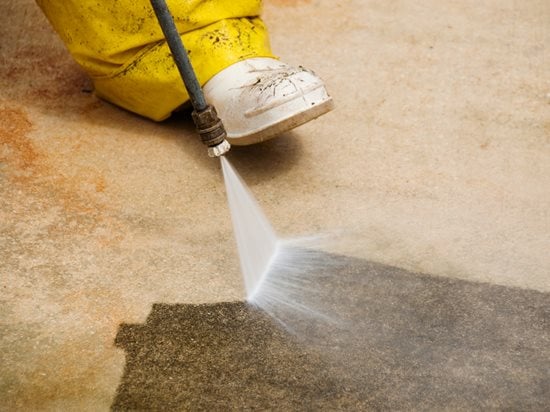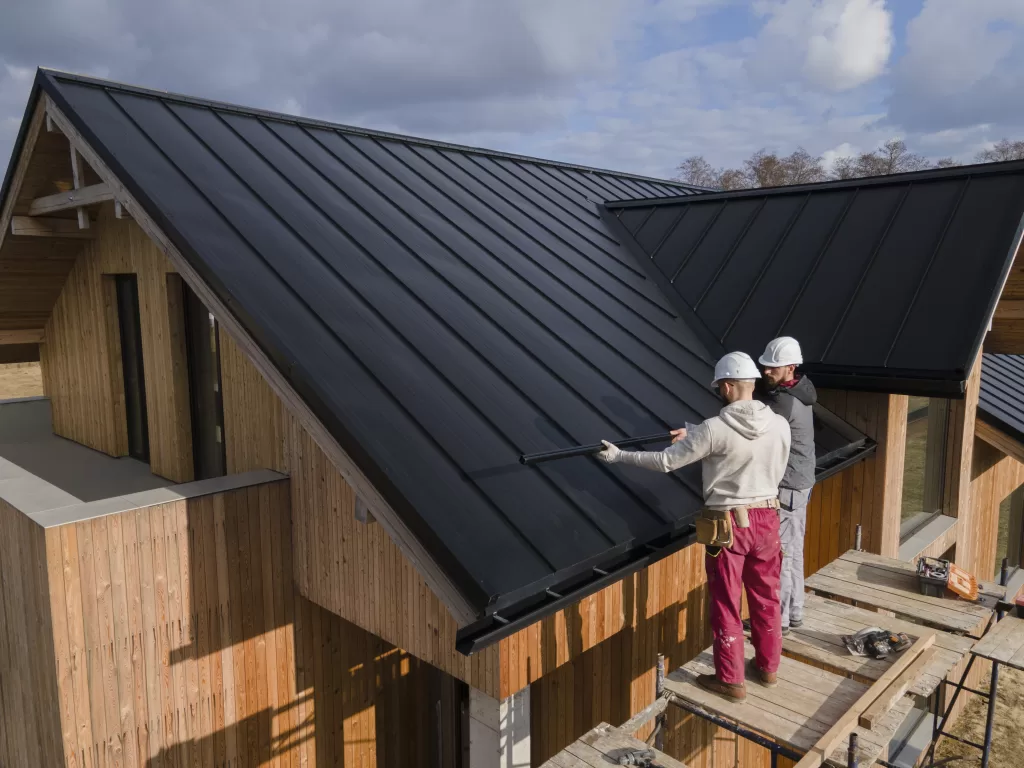Concrete surfaces such as driveways, sidewalks, patios, and foundations can become uneven over time due to factors like soil erosion, temperature fluctuations, and moisture changes. If you have noticed cracks or sinking areas in your concrete, spring is the ideal season to address these issues. With moderate temperatures, stable soil conditions, and the need to prepare for increased outdoor activity, lifting and leveling your concrete in the spring can save you time, money, and future maintenance hassles.
1. The Impact of Winter on Concrete
Winter weather in Illinois can be especially tough on concrete surfaces. The freeze-thaw cycle allows water to seep into cracks, expanding as it freezes and causing further damage. Additionally, snowmelt and ice buildup can lead to soil erosion beneath concrete slabs, creating voids that result in sinking or uneven surfaces. Timely crack repair in Illinois during the spring can help prevent further deterioration and avoid costly repairs in the future.
Freeze-Thaw Damage
- Water enters cracks in the concrete.
- Freezing temperatures cause the water to expand, worsening cracks.
- Repeated freeze-thaw cycles lead to progressive damage.
Soil Erosion and Settling
- Melting snow and ice increase moisture levels in the soil.
- Erosion beneath the slab can create voids, leading to sinking concrete.
- Spring provides an opportunity to address these issues before they worsen.
2. Optimal Weather Conditions for Concrete Lifting
Spring offers moderate temperatures, making it the perfect season for concrete lifting and leveling. Extreme cold or heat can affect the curing process of materials used in lifting methods, such as foam jacking. Spring’s mild conditions allow for efficient and long-lasting repairs.
Benefits of Moderate Temperatures
- Prevents rapid curing or excessive drying of lifting materials.
- Ensures a stable and durable repair process.
- Reduces the risk of re-damage due to sudden temperature fluctuations.
3. Preparing for Increased Spring and Summer Activity
As the weather warms up, people spend more time outdoors, using driveways, patios, and walkways more frequently. Uneven concrete can be hazardous, leading to trip-and-fall accidents. Fixing these issues in spring ensures safe and smooth surfaces before summer arrives.
Safety Considerations
- Uneven sidewalks and driveways increase the risk of injuries.
- Businesses can prevent liability concerns by addressing potential hazards early.
- Homeowners can enjoy a functional and aesthetically pleasing outdoor space.
4. Cost-Effective Repairs Before Issues Worsen
Addressing concrete issues in the spring can help homeowners and businesses save money in the long run. If left unattended, small cracks and minor sinking can evolve into major structural problems that require complete slab replacement. Concrete lifting is a cost-effective solution that restores stability without the need for full replacement.
Avoiding Expensive Replacements
- Minor lifting repairs cost significantly less than full slab replacements.
- Timely intervention prevents future deterioration and added costs.
- Foam jacking provides a durable, long-term solution at a fraction of the price of new concrete.
Why is Foam Jacking the Ideal Concrete Lifting Method?
Among the various concrete lifting methods available, foam jacking (also known as polyurethane foam injection) is the most efficient, durable, and minimally invasive option. It involves injecting high-density polyurethane foam beneath the affected slab, which expands to fill voids and lift the concrete back to its original position.
1. Fast and Efficient Process
- Foam jacking requires minimal downtime, often allowing for same-day use of the repaired surface.
- The process typically takes only a few hours, compared to days for traditional methods.
2. Long-Lasting and Durable Solution
- The polyurethane foam is water-resistant and does not degrade over time.
- Unlike traditional mudjacking, which can erode, foam remains intact for decades.
- The lightweight nature of the foam prevents further soil compression.
3. Minimally Invasive and Eco-Friendly
- Requires only small injection holes, preserving the appearance of the concrete.
- The polyurethane material is environmentally safe and does not leach chemicals into the soil.
- No heavy equipment or extensive excavation is needed.
4. Stronger Load-Bearing Capacity
- Foam jacking provides excellent structural support for driveways, sidewalks, and foundations.
- It can withstand heavy loads without shifting or settling over time.
- The material is lightweight yet extremely strong, ensuring lasting stability.
5. Works Well in Various Weather Conditions
- The foam material expands even in cooler spring temperatures, making it an ideal solution.
- It bonds well with existing concrete, ensuring seamless repairs.
- Unlike mudjacking, which can be affected by weather, foam jacking provides consistent results in different conditions.
Conclusion
Spring is the best time to lift and level your concrete due to the favorable weather conditions, prevention of winter-induced damage, and preparation for increased outdoor activity. Foam jacking is the ideal method for concrete lifting, offering a fast, durable, and cost-effective solution. By addressing concrete issues early in the season, homeowners and businesses can enjoy safer, more stable surfaces while avoiding costly repairs down the road. Don’t wait until the damage worsens—take advantage of spring to restore your concrete efficiently and effectively.




